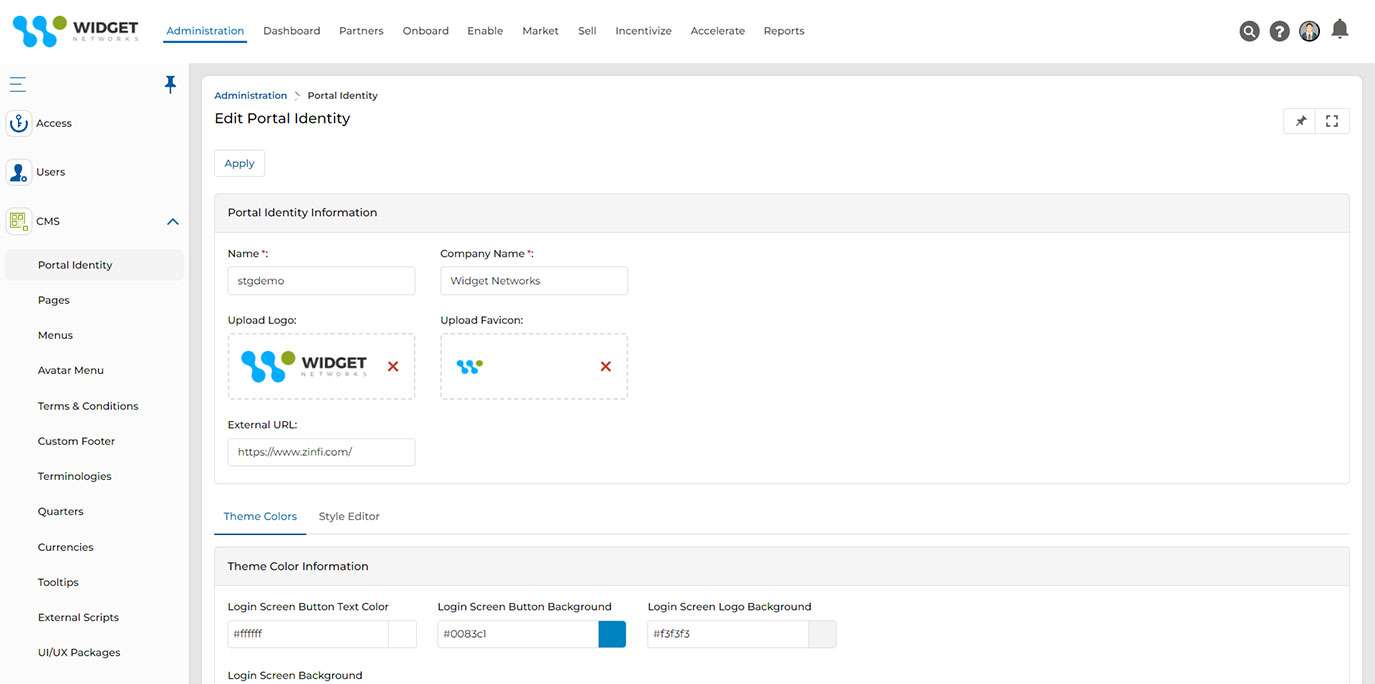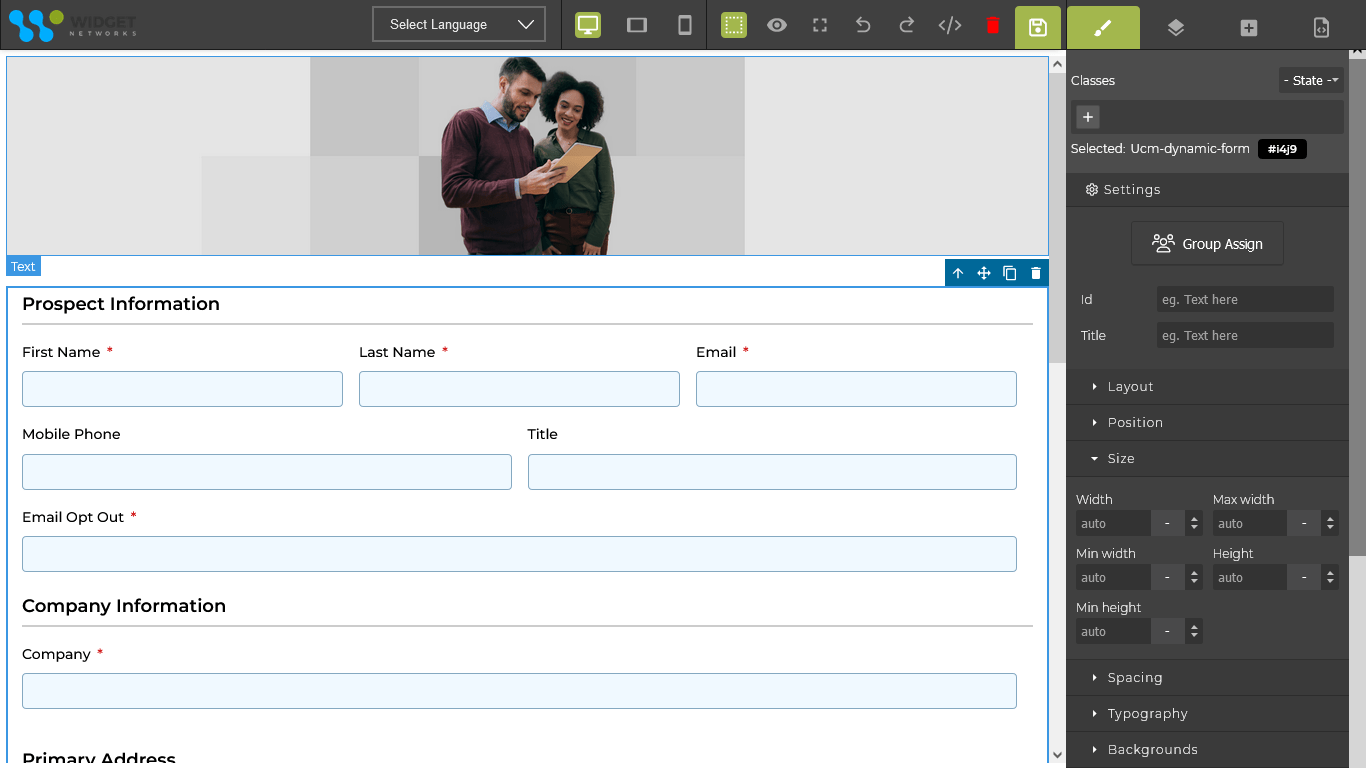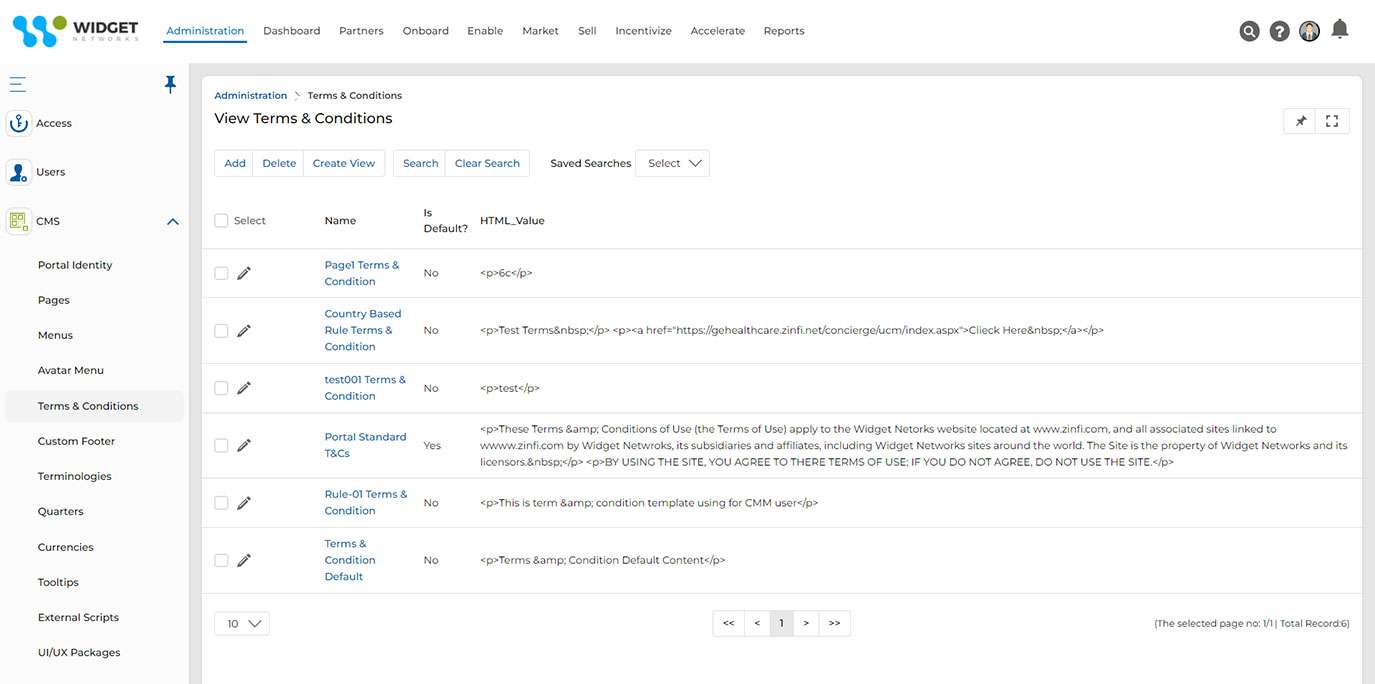
Currency and T&C Page Management
Currency management in UPM allows for the configuration and activation of a Base Currency by either adding a new currency and enabling it as the Base Currency or editing an existing currency to convert it to a Base Currency. The conversion rate for the other currencies relative to the base currency can be configured manually along with Currency Symbols. Currency symbols are implemented extending the multilingual capabilities of the Platform, offering localized context for global users dealing with multiple currencies providing immediate visual cues for easy identification and increasing clarity.
UPM CMS comes loaded with a one-stop solution – Portal Identity feature to brand your UPM instance, Customize HTML Footers and Login Screens with organizational hyperlinked logos and branding colour profiles to suit your organization’s ergonomics. Apply Tooltips to Sections, Field Labels, and Action Buttons. This makes it easy for your organization to set up the UPM instance using your logos and colour profiles to set up customized themes for the Portal. Revolutionary Menu Management and Menu Access Management operate seamlessly in tandem to provide a simplified UI/UX to manage menus and control their access to User Groups and Profiles.
Key Features Include:
- Multilingual Page Content Management
- Portal Page Setup, Versioning and Archival
- Page Edit, Timely Publish & Management
- Menu Management with Drop Down Menus
- Drag-and-Drop Approach
Dynamic Form Builder
UPM Content Management System helps you to configure and integrate Dynamic Forms with Marketing tactics to capture information for any specific application of UPM. They can be integrated into customized Campaign Pages and executed by the end user. The Dynamic Form helps you to reach out to Prospects and capture valuable information through the Form directly – syncing the record(s)/information to the specific UPM application.
UPM CMS features a widget library full of text fields, galleries, video, maps and more to enhance the Dynamic Form to suit your needs. Hosting of Dynamic Forms to Pages of a Marketing tactic viz. Microsites, Email, etc., can be easily accomplished by simply Drag-Dropping the Dynamic Form to the existing Page. Design of the Page – Static/Dynamic, can be updated through WYSIWYG CMS Editor. Externally Accessible Page Links can be generated, allowing OEMs and Partners to publish the Page on their custom Portals and automatically capture end-user records. Enhance your Partner and Customer experience through CMS’s multi-lingual, visually appealing, module-specific, multi-tactic-based Dynamic Forms and engage them without requiring them to log into UPM.
Key Features Include:
- Content Branding with Bootstrap
- Module specific Dynamic Forms
- Capture Information and Share Assets
- External Page-Link Generation


Base Currency and T&C Page Management
Base Currency can be configured and activated either by a) Adding a New Currency and enabling it as a Base Currency or b) Editing an existing currency and converting it to a Base Currency. The conversion rate for the other currencies relative to the base currency is set manually when a new currency is added and set as a base currency.
UPM Portal Admins can easily manage the content and activation of the Terms and Conditions Page, which is normally utilized for UPM Users to Accept and Acknowledge prior to using the UPM Platform as part of compliance rules and regulations for the Organization. The Terms and Conditions are created based on specific Languages and Groups. The Terms and Conditions Page – Activated is visible when the user (allocated with the specific Group and Language) logs in to the system for the first time. If the Language and Group associated with any specific Terms and Conditions do not match that of the user, the one created as default is visible.
Key Features Include:
- Configuration and Activation of Base Currency
- T&C Page Management
- T&C Visibility Configuration
- Default T&C Activation













